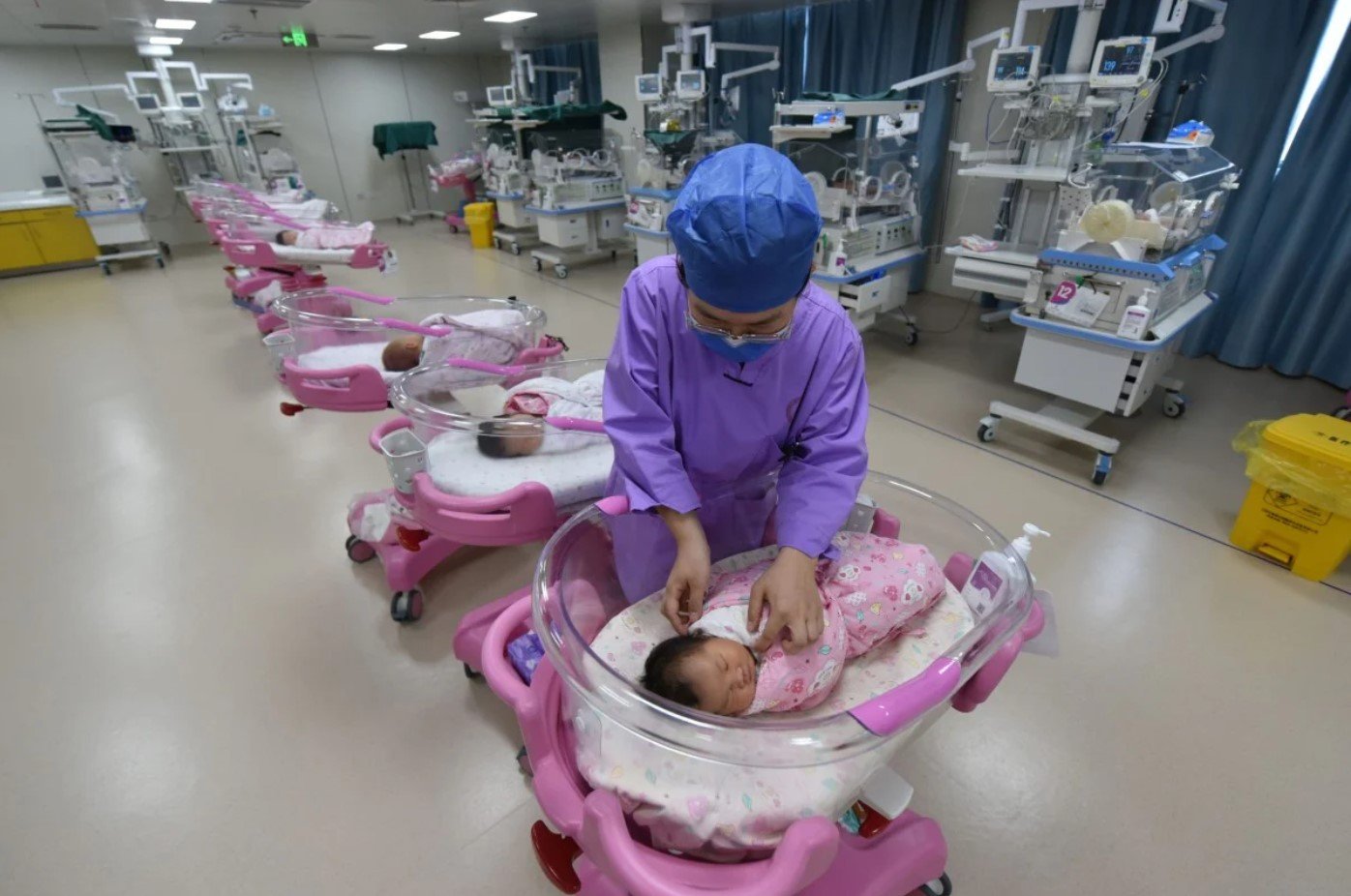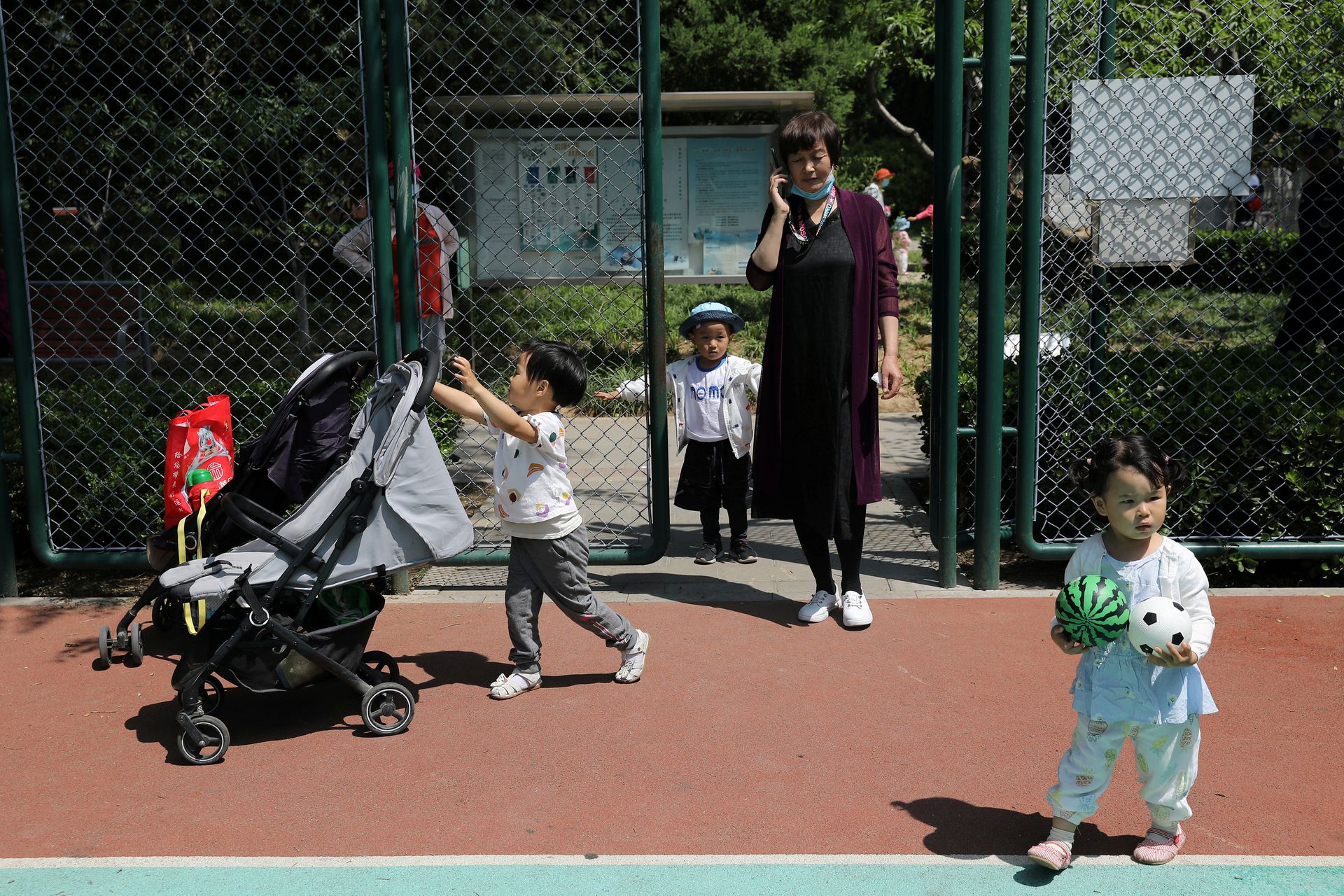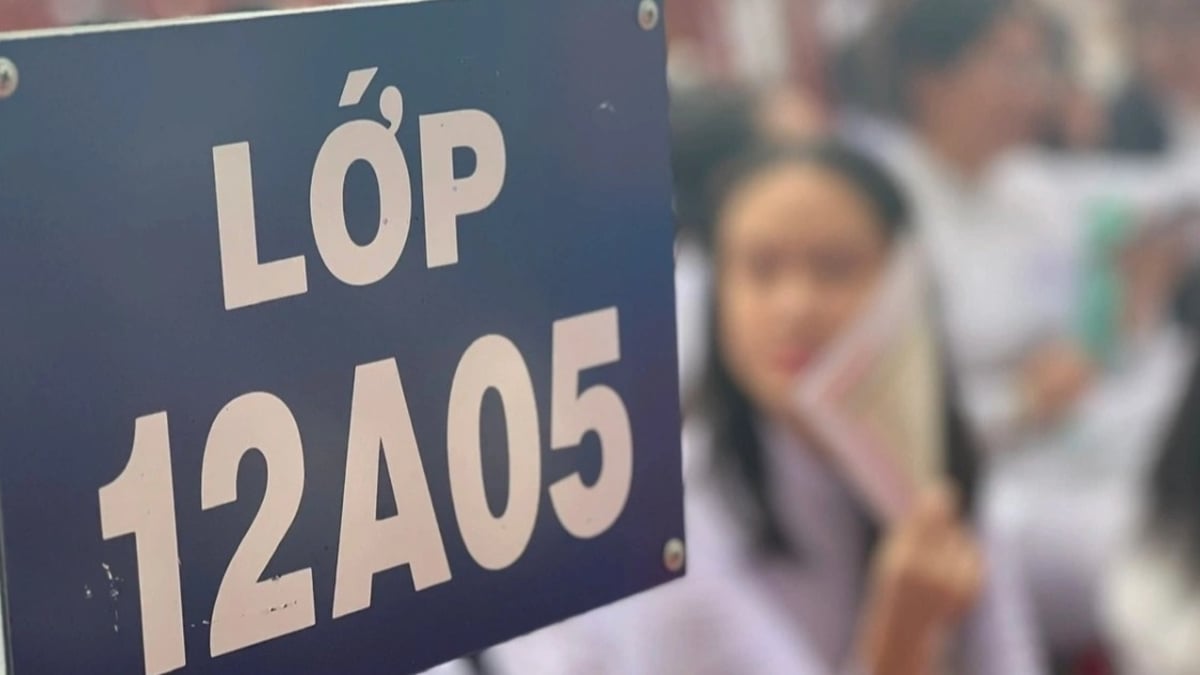South Korea and China are the most expensive countries in the world to raise children amid alarming birth rates, according to a new report.
The cost of raising a child to 18 in South Korea is 7.79 times higher than its per capita GDP, the highest in the world, according to a study by the YuWa Population Research Institute. This includes food, clothing, transportation, entertainment and health care, as well as schooling.
Following South Korea is China, with costs 6.9 times higher than GDP per capita. This figure is twice as high as Germany, and three times higher than Australia and France, with costs 3.64, 2.08 and 2.24 times higher than GDP per capita, respectively.
China is one of the cheapest places to raise children in terms of money spent, but it is one of the most expensive when compared to average worker income.
Alarming birth rate
Both South Korea and China are facing a demographic crisis due to low birth rates. South Korea has one of the lowest birth rates in the world. Last year, the average number of expected children per South Korean woman fell to 0.78, compared to 1.1 in China.

Economic burden is one of the top reasons why many Chinese women do not want to have children. Photo: SCMP
YuWa's report estimates that the average cost of raising a child from birth to 17 years old in China is 485,000 yuan (VND1.65 billion), while the cost of raising a child until university graduation is about 627,000 yuan (VND2.13 billion).
Meanwhile, the average income of a Chinese worker was 105,000 yuan (356 million VND)/year in 2021, according to the National Bureau of Statistics of China.
According to a 2017 nationwide survey by China's National Health and Family Planning Commission, 77.4 percent of women of childbearing age said “heavy economic pressure” was one of the top reasons they did not want to have more children, alongside reasons such as “feeling too old” or “having no one to take care of the children.”
Policymakers in China have sought to boost fertility in recent years. In 2022, China's population fell by 850,000 to just over 1.41 billion.
China welcomed 9.56 million newborns in 2022, the lowest number in modern history and the first time the number has fallen below 10 million.
According to United Nations estimates, India is about to surpass China to become the world's most populous country with nearly 1.43 billion people.
Urban-rural gap
There is a significant gap in the cost of raising a child between urban and rural areas in China. The average cost of raising a child to 17 years old in Chinese cities is 630,000 yuan (US$2.14 billion), twice as high as in rural areas.
The average cost of raising a child in Beijing and Shanghai is 969,000 yuan (VND3.29 billion) and 1,026,000 yuan (VND3.5 billion) respectively, while the cost for families in Tibet is only 293,000 yuan (VND995 million).
To make child-rearing more affordable, policies to reduce the cost of childbirth for families of childbearing age need to be introduced at the national level, according to the YuWa Population Research Institute.
“Specific measures include cash and tax subsidies, housing subsidies, building more kindergartens, providing gender-equal maternity leave, introducing foreign nannies, promoting flexible working styles, ensuring single women's reproductive rights, allowing the use of assisted reproductive technology, and reforming university admissions, exams, and the school system,” YuWa proposed.

Children play at a park in Beijing, China. The average cost of raising a child to 17 in Chinese cities is twice as high as in rural areas. Photo: Reuters
Meanwhile, according to the proposal of financial institution Jefferies, China should promote child care services.
The Chinese government has announced in its five-year plan to increase the number of kindergartens for children under 3. “We understand that the Chinese government is looking to provide these services while also regulating the prices of private services,” Jefferies said.
There are currently 42 million children under the age of three in China. The parents of one-third of them want to send their children to kindergarten, but only 5.5% of them can afford to pay for it, the Jefferies report found.
According to Jefferies research, Chinese people have to spend more than 1.7 billion VND to raise a child to 18 years old and more than 500 million VND to send their children to university .
Nguyen Tuyet (According to SCMP, thethaiger.com, engoo.com)
Source





























![[Photo] Nghe An: Provincial Road 543D seriously eroded due to floods](https://vphoto.vietnam.vn/thumb/1200x675/vietnam/resource/IMAGE/2025/8/5/5759d3837c26428799f6d929fa274493)





































































Comment (0)